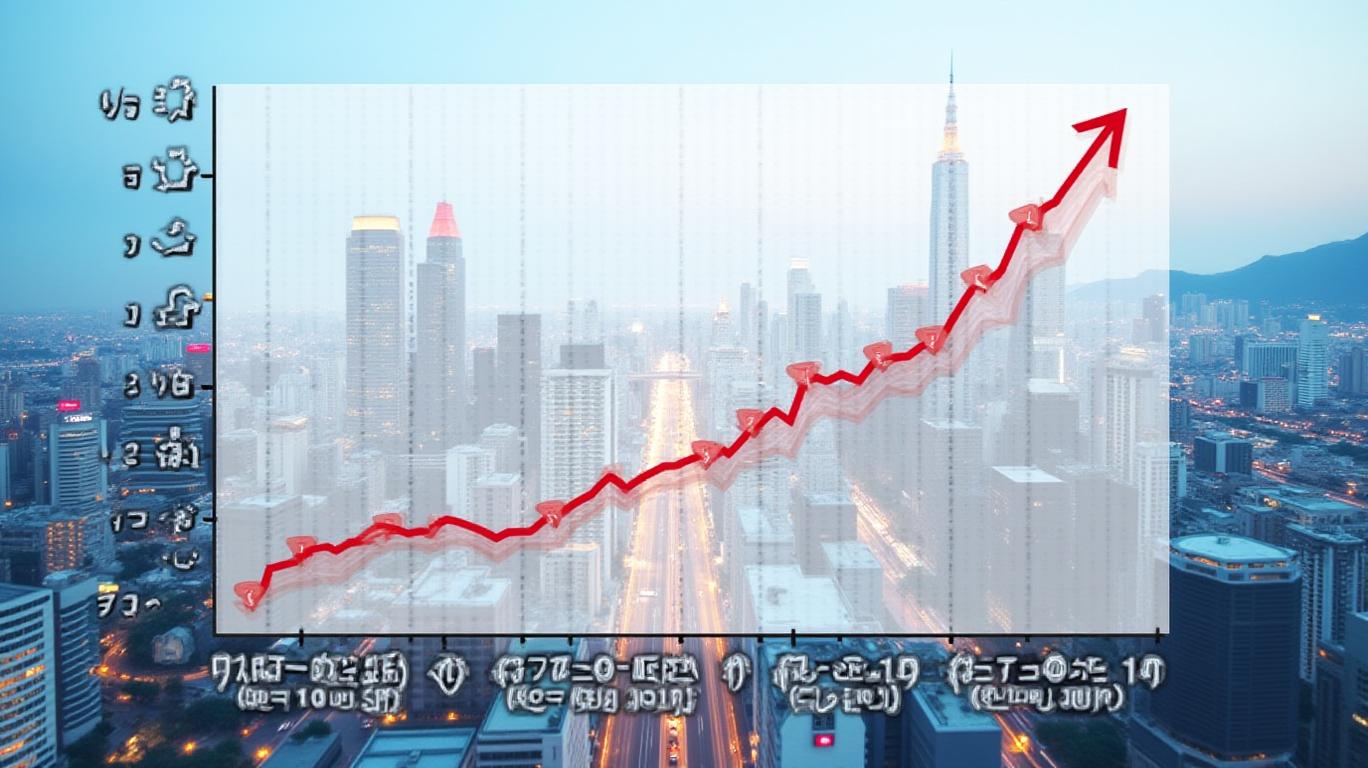Navigating Luxury's Crossroads: LVMH's Chinese Dilemma and the Path to Global Resurgence
The luxury sector is at a pivotal juncture. As Chinese consumers pivot toward domestic alternatives and regional spending patterns shift, LVMH—the world's largest luxury conglomerate—faces a critical test of its ability to navigate pricing pressures, geographic fragmentation, and evolving consumer priorities. For investors, this moment demands a sharp focus on where to place bets: in LVMH's global resilience or in emerging domestic champions capitalizing on China's changing tastes. Let's dissect the risks and opportunities.
The Chinese Market: A Tale of Two Shifts
The slowdown in Chinese outbound luxury spending is no longer a temporary blip but a structural shift. Domestic sales fell by 18-20% year-on-year in 2024, with 40% of total luxury spending now occurring overseas, driven by price disparities and the allure of destinations like Japan, where luxury goods are up to 30% cheaper due to favorable exchange rates. Meanwhile, the grey market—facilitated by cross-border arbitrage—now accounts for 15-25% of official sales in fashion and leather goods, eroding LVMH's margins and brand equity.
This crisis is compounded by consumer skepticism toward domestic brands. Despite aggressive pricing strategies, Chinese buyers are increasingly prioritizing value over status symbols. Hainan's duty-free sales—a once-vital market for LVMH—collapsed by 29% in 2024, as travelers opted for cheaper alternatives abroad or turned to e-commerce platforms.

LVMH's Strategic Crossroads: Pricing Power vs. Regional Diversification
LVMH's response has been twofold: pricing alignment to reduce grey market leakage and geographic diversification to offset China's stagnation. The group has quietly harmonized prices in key markets, while bolstering its presence in the Middle East, where luxury sales grew by double digits in 2024, and India, where wedding-driven demand is fueling forecasts of 5%+ growth in 2025.
Yet, the U.S. market—a critical profit center—remains a wild card. Despite early 2025 optimism fueled by a strong dollar, luxury credit card spending dropped 4-5% by March, signaling “luxury fatigue” as buyers grow selective. The unresolved EU-U.S. tariff dispute adds further uncertainty: if tariffs on European goods are resolved, LVMH could regain pricing flexibility in the U.S., but until then, its margins remain vulnerable to macroeconomic headwinds.
Investment Implications: Where to Position Now?
Risks for LVMH:
- Overexposure to China: LVMH's reliance on domestic sales leaves it exposed to grey market erosion and shifting preferences.
- Geographic Fragility: While the Middle East and India are bright spots, the U.S. market's softness and tariff risks remain unresolved.
Opportunities for Investors:
1. Domestic Chinese Brands: Companies like KAP (Capri Holdings) or niche players in watches/jewelry could benefit if consumers continue to prioritize local alternatives.
2. Regional Champions: Brands with strong footholds in the Middle East (e.g., Richemont) or India's wedding market may outperform.
3. LVMH's Core Assets: Its timeless brands (Louis Vuitton, Moët) and heritage-driven strategies could stabilize once pricing and regional imbalances are addressed.
The Bottom Line: A Call for Selectivity
Investors must balance LVMH's long-term brand strength against its near-term execution risks. While the conglomerate's digital clienteling tools and purchase-limit policies aim to curb grey markets, success hinges on whether it can reprice strategically and diversify profit streams beyond China.
For now, a cautious underweight position in LVMH paired with overweights in regional winners (e.g., Middle Eastern-focused brands or domestic Chinese players with value-driven product lines) offers the optimal risk-reward. The luxury sector's future lies not in betting on a single titan but in riding the winds of regional demand and consumer pragmatism.
The crossroads is here. Choose wisely.

Comments
No comments yet